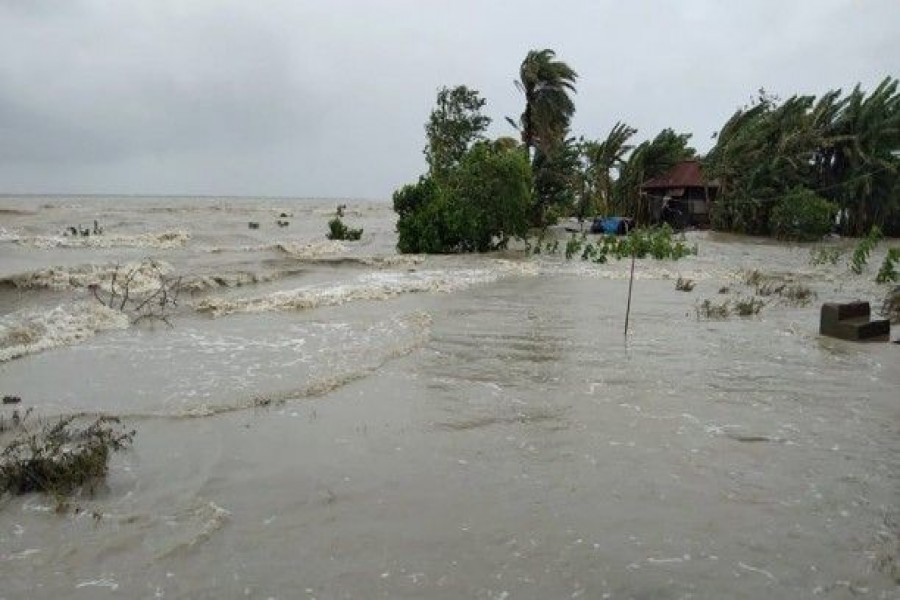Though Bangladesh is no stranger to natural calamities, yet this year is perhaps unlike any other in the past if only because so many disasters such as the Covid-19 pandemic, the super cyclone Amphan and, finally, the flood having struck the country in an unrelenting manner. So far, the people of the land, known for their characteristic resilience, have been fighting these onslaughts mainly on their own, without much help from the boons of modern science and technology. But given the overwhelming experience of this year plus the possibilities of long-drawn fallouts in the days ahead, as prognosticated by climate experts, our policymakers should be propelled to think of using the gifts of modern science, especially, the various methods and tools of information technology (IT) as an aid in this fight against the destructive forces of nature. Some experts in the field of geoinformatics, government people from the disaster management and relief ministry and others at a recent online dialogue expressed similar views about how Bangladesh should develop its preparedness to tackle multidimensional disasters it is already faced with as well as those that may lie ahead. It is with the help of geoinformatics, geospatial technology and such other branches of technology that basically use the IT infrastructure to analyse and interpret digitised data including those from photographic images gathered from geographically widespread areas with the help of satellites, airplanes and drones that Bangladesh can combat a combination of such disasters at once.
Since the nature and frequency of these calamities are getting more complex and lethal with the passage of time, thanks to climate change the chances of our survival and success in the fights against the formidable odds will depend a lot on the timely and efficient use of these tools of information technology. As things stand, there is little scope for speaking in the future tense as to from what point of time the country must begin to use such technologies. In fact, it should be here and now as the nation is already grappling with the fallouts of the superstorm, Amphan, the covid-19 raging through the populace and the floods cascading down from across the border.
However, to be able to efficiently and effectively use these technologies, the government, non-government organisations and various expert and rights groups from various platforms need to work in collaboration with one another to tackle natural disasters of such magnitude, complexity and intensity. And, necessarily, the task of tackling the adversities implies a whole range of issues ? rehabilitating measures for the dislocated human settlements, disrupted social and economic infrastructures as well as victim families and individuals. That, in other words, would involve what are termed sustainable rehabilitation and effective adaptation measures. Needless to say, these are all parts of a robust management approach to be adopted by the policy planners in the government as well as those among non-government actors to lend a hand in the task.
Technology digital, non-digital or both and however advanced, cannot by itself do anything unless there is basically community involvement with a human face beaming with equality and compassion. So, what is crucial at the moment is getting an army of technical hands properly trained in these systems of IT to run the operations involved with combating multidimensional disasters. And, of course, the political will remains the prime mover in the entire exercise.


